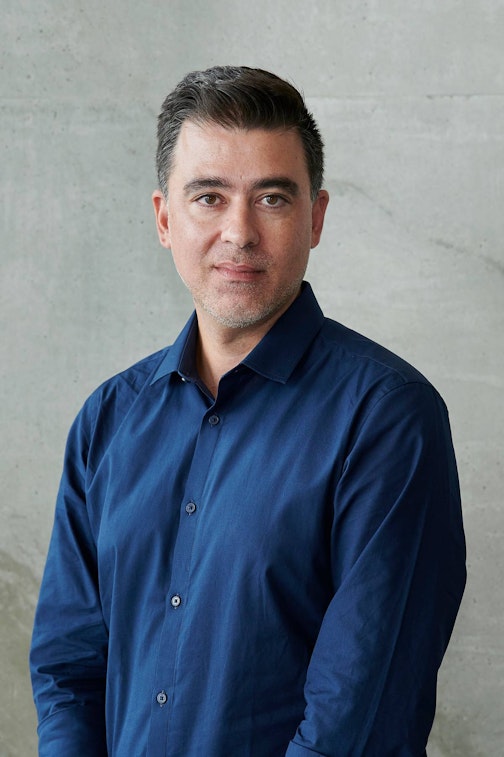Back to zero
Pedro de Almeida
To chase one’s tail is more than just an idiom, it’s a politics. Taking action that is ineffectual and doesn’t lead to progress; giving off the guise of being supremely busy while in fact achieving very little of substance; or, more simply and colloquially, disappearing up one’s own … it doesn’t have to be this way. A serpent eating its own tale, for instance: ouroboros, eternal renewal, and all that. Alas, not much evidence of that these days, not in the corridors of power, not in the forests, not in the oceans, not in the air we breathe. Resources—natural, intellectual or otherwise—are being used up fast while unscrupulous investors negative gear the debt we and the planet must surely pay. Another cycle.
And here’s another. For the fifth time, we adopt the premises of NOW, THEN, MAKE, TALK, SEE for a mixed-bag of positions and propositions from our region. Kicking off things is Bridie Moran who offers a glimpse into the motivations of the movers and shakers behind Hong Kong’s independent art scene. Amidst the lofts and laneways of various Kowloon neighbourhoods we encounter those for whom here and NOW, far beyond the more salubrious surroundings of harbourside art fairs, exist a desire to be distinguished by ‘the vulnerable, dangerous and radical act of wearing their heart on their sleeve.’ Drop in and discover a Hong Kong where ‘ideas are big, loose, fun, kind, angry and considered.’
Offering a meditative analysis of the past inside the present, Conor Bateman looks at ‘fûkeiron (translated as “landscape theory”), a conceptual and structural approach to filmmaking developed by Japanese cinema of the 1960s and ‘70s that, inverting Walter Benjamin’s observation of the great French photographer Eugene Atget, sought to photograph ‘crime scenes’ as landscapes. Taking a deep dive into director Masao Adachi’s seminal film A.K.A. Serial Killer, Bateman expertly guides us through a course on how what was experimented THEN is being pushed further now in contemporary cinema such as Eric Baudelaire’s Also Known as Jihadi.
Bringing the focus to Brisbane is Tess Maunder in her account of local artist Dale Harding’s recent works and exhibitions in Australia and abroad. As Maunder notes, ‘the subtropical humidity in the city gives way to a certain porosity where political conversations that are only just beginning to happen in Australia’s more southern states have been marked out in Brisbane decades before.’ Take a stroll here to learn more of how Harding sets out to MAKE work that ‘weaves sobering accounts of his family’s histories alongside and in conversation with powerful symbology representing ongoing cultural continuum.’
Lately, the calendar has burgeoned with appointments that privilege dialogue—as the world turns ever faster there is so much to discuss. Back in February I sat down to TALK with Alam Khorshed, the indefatigable founder of Bistaar: Chittagong Arts Complex whose initiative has made a substantial mark on Bangladesh’s second largest city. His ongoing mission? ‘First and foremost: the burgeoning civil society must be mobilised to embrace and nurture arts in their daily lives, both in personal and social spheres, and become more proactively engaged in support of arts.’ Remaining within Bengal region, Meera Menezes chronicles presentations and debates around the archive, data, exhaustion, autonomy and ‘hostipitality’ (a combination of hostility and hospitality) as held forth at Kolkata’s Experimenter Curators’ Hub, one of the most vital platforms for curatorial dialogue in Asia. Further south, Nur Shkembi attended 4A’s annual symposium, this time in Melbourne, with a drive that dictated, ‘Enough gazing into Asia like a distant, exotic spectacle that is disconnected from our contemporary reality, and welcome to the essential work towards a cosmopolitan future.’ From the various focus presentations and panel discussions, Shkembi was most impressed by Palestine-based curator Reem Fadda who, as she tells it, ‘drew upon her experiences to introduce some of the radical rethinking our institutions must consider to be able to recalibrate the museum as a democratised and cosmopolitan space.’
Rounding out this issue is Micheal Do’s tale of going to SEE legendary Japanese artist Kishio Suga, a founding member of the Mono-ha movement. Descending upon a former toothbrush factory in an industrial estate, Do recreates the distinctive atmosphere of Suga-san’s studio, ‘fecund with materials: slinky pieces of plywood, an impressive collection of tools and pots of paint purchased from the nearby hardware store, bits of rubber and bits and pieces of nature collected on his daily travels.’ Setting aside a gift of a packet of ANZAC biscuits, the master artist makes a few observations—‘Yes, everything at some point must return to its original state. Back to zero’—before excusing himself for a dental appointment. The biscuits remained unopened, perhaps a lesson in frugality or, more simply, how to make best use of what one already has.
Best, and less
Pedro de Almeida
Editor, 4A Papers
About the contributor
Pedro de Almeida is a curator, programmer, arts manager, writer and editor based in Sydney, Australia.
